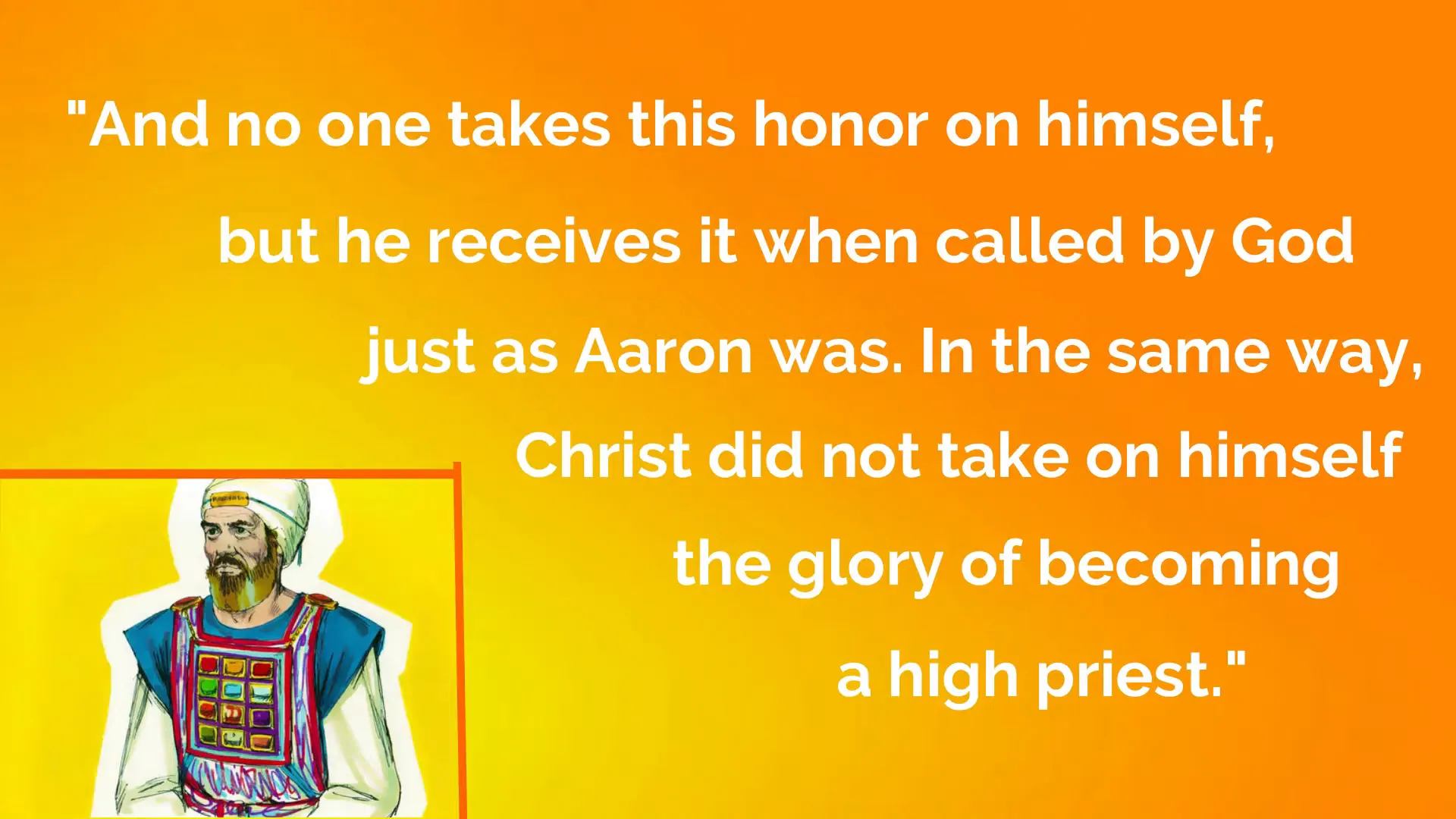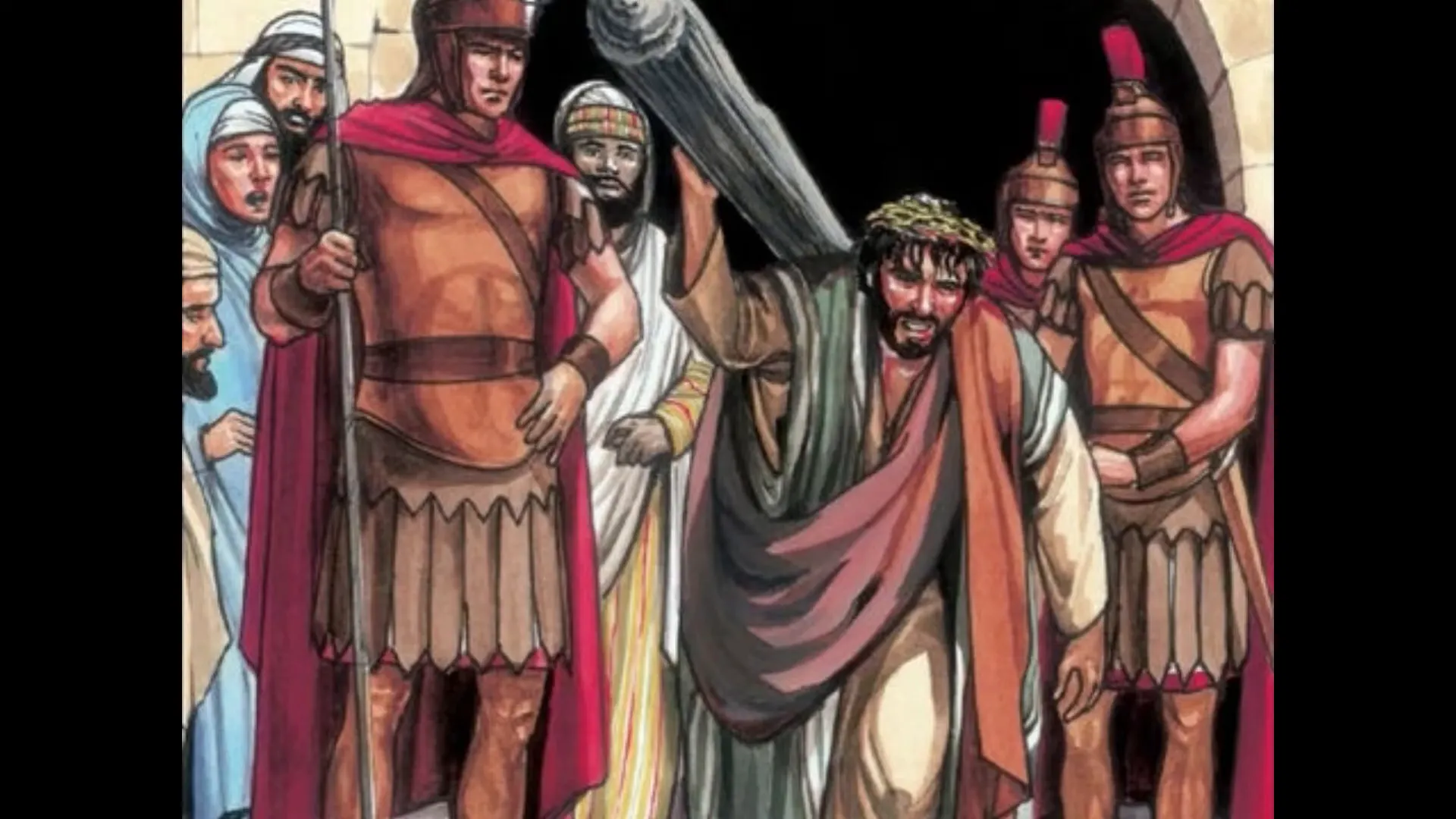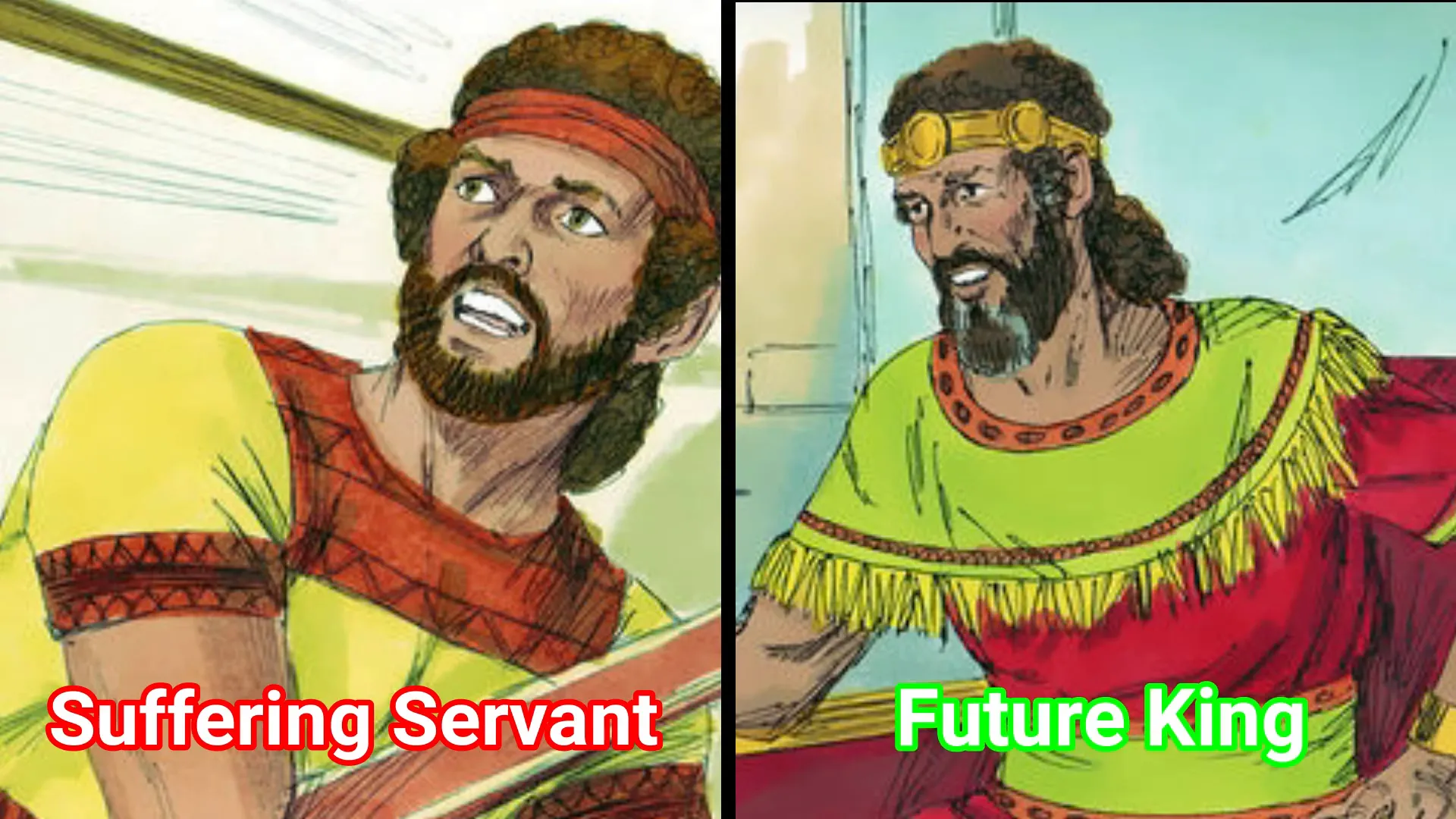Old Testament Typology: A Foreshadowing of Christ
Understanding Typology in the Bible
In the New Testament, Jesus says in John 5:46, “If you believed Moses, you would believe me, for he wrote about me.”
This raises an intriguing question: how could Moses, who lived thousands of years before Christ, write about Him? The answer lies in understanding Old Testament typology, a concept that illuminates the connections between the Old and New Testaments.
Typology refers to the study of types—people, events, or institutions in the Old Testament that foreshadow greater realities revealed in the New Testament. The term "type" comes from the Greek word "tupos," meaning a mark or impression made by a blow. Just as old typewriters created printed impressions on paper, biblical typology leaves an imprint of Christ's ministry and death throughout the Old Testament.
These types serve as shadows—black and white representations of a greater reality yet to come. They point to Christ, and it's only through the lens of the New Testament that we can fully appreciate these typological clues God left in plain sight.
For instance, in Hebrews 5:4-5, we see Aaron, the first high priest, described as a type of Christ, emphasizing that both were appointed by God to serve as mediators between humanity and the divine.

The Principle of Fulfillment
A crucial principle in understanding typology is that the fulfillment is always greater than the type. There is an escalation—a heightening—between the type and the fulfillment. Jesus, as our ultimate high priest, surpasses Aaron, who was merely a mediator between God and the Israelites. This principle helps us navigate the complexities of identifying types within Scripture.
However, determining whether a person or event is a type can sometimes be challenging due to the centuries that separate the Old Testament types from their New Testament fulfillments.
To recognize types of Christ, we can look for explicit references in the New Testament that quote the Old Testament or refer to Old Testament stories. Examples include Melchizedek, Adam, the tabernacle, the Passover, and Jonah.

Explicit Types: Jonah as a Foreshadowing
Matthew 12:40 explicitly connects Jonah to Christ, stating, “For as Jonah was three days and three nights in the belly of a huge fish, so the Son of Man will be three days and three nights in the heart of the earth.” Jonah’s experience was not merely a coincidence; it was a divinely orchestrated type pointing to Jesus's burial for three days. In this case, Jonah and the whale serve as unwitting types, while Jesus embodies the glorious fulfillment.
Implied Types : David as a Suffering Servant
However, the Bible also contains implied types, which require deeper reflection. Figures like Joseph, David, Daniel, and Moses present examples where we see their lives prefiguring Christ. For instance, David's early life, marked by suffering and persecution from King Saul, parallels the suffering Jesus endured. David's Psalm 22, which expresses profound anguish, resonates with Jesus's own cries on the cross.

In Psalm 22, David laments, “My God, my God, why have you forsaken me?” This echoes Jesus's words while on the cross. The psalm continues to describe scorn, mockery, and piercing of hands and feet—symbolic elements that align closely with Jesus's crucifixion.
The connection between David and Christ is profound: both served as suffering servants and kings, yet Jesus's sacrifice was the ultimate fulfillment of David's typological shadow.
When we look through the lens of typology, we gain a deeper appreciation for the links between the Old and New Testaments, with Christ serving as the bridge connecting both. Understanding these types encourages us to see the Bible as a unified story that points to Jesus.

Identifying Types: General Principles
To effectively identify types of Christ in Scripture, keep these principles in mind:
- Look for explicit references in the New Testament that quote or allude to Old Testament figures or events.
- Recognize that implied types also exist, requiring us to discern connections that naturally arise from the text.
- Always remember that the fulfillment is greater than the type, highlighting the escalation from the shadow to the reality.
- Types should point to and glorify Jesus, reinforcing His central role in God's redemptive narrative.
Conclusion: Embracing the Richness of Typology
As we delve into the Old Testament, recognizing typology enriches our understanding of Scripture. Each type we encounter serves as a reminder of God’s sovereign plan unfolding throughout history, culminating in the person of Jesus Christ. By studying these connections, we deepen our appreciation for the intricate tapestry of God's Word.
In conclusion, typology is not merely an academic exercise; it is an invitation to explore the profound ways in which the Old Testament foreshadows the New Testament revelation of Christ. As we uncover these layers of meaning, may our hearts be drawn closer to the Savior who fulfills every promise and type in the Scriptures.
"Walking Alongside Jesus" Curriculum
This curriculum series endeavors to imagine what Jesus might have said about Himself through all the major stories of the Old Testament which is why each lesson in this series ends with the same question: What did I learn about Jesus today?
Find Curriculum